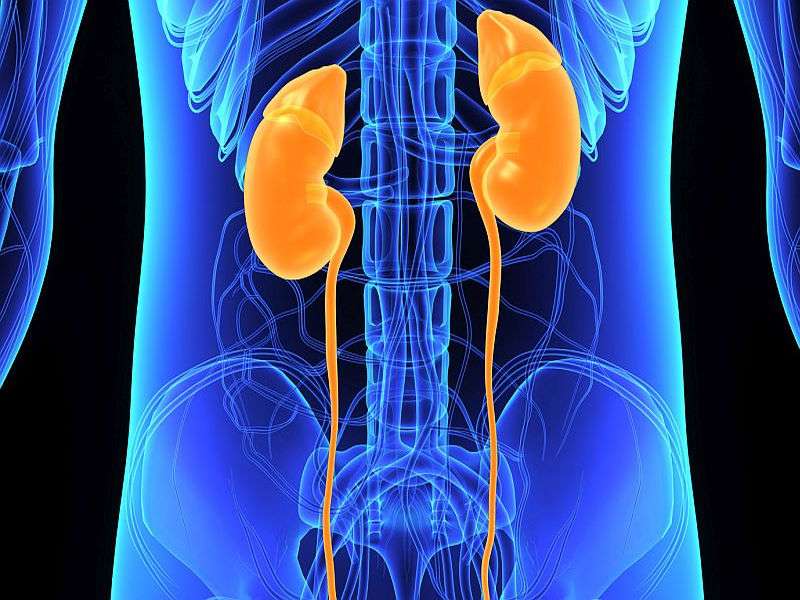(HealthDay)—Compared with laparoscopic partial nephrectomy, robotic partial nephrectomy is associated with a superior morbidity profile, according to a meta-analysis published in the November issue of The Journal of Urology.
Jeffrey J. Leow, M.B.B.S., M.P.H., from Tan Tock Seng Hospital in Singapore, and colleagues conducted a literature review to compare outcomes of robotic versus laparoscopic partial nephrectomy. Data were included for 4,919 patients from 25 studies (2,681 underwent robotic partial nephrectomy and 2,238 underwent laparoscopic partial nephrectomy).
The researchers found that patients treated with robotic partial nephrectomy had larger tumors and higher mean R.E.N.A.L. nephrometry scores. Compared with patients treated with laparoscopic partial nephrectomy, those treated with robotic partial nephrectomy had decreased likelihood of conversion to laparoscopic/open surgery (risk ratio [RR], 0.36), any and major complications (RR, 0.84 and 0.71, respectively), positive margins (RR, 0.53), and a 4.3 minute shorter warm ischemia time. Operative times, estimated blood loss, and postoperative change in estimated glomerular filtration rate were similar for both approaches.
"This updated meta-analysis of retrospective cohort studies demonstrated that robotic partial nephrectomy confers a superior morbidity profile compared to laparoscopic partial nephrectomy in most of the examined perioperative outcomes," the authors write.
More information: Full Text
Journal information: Journal of Urology
Copyright © 2016 HealthDay. All rights reserved.























